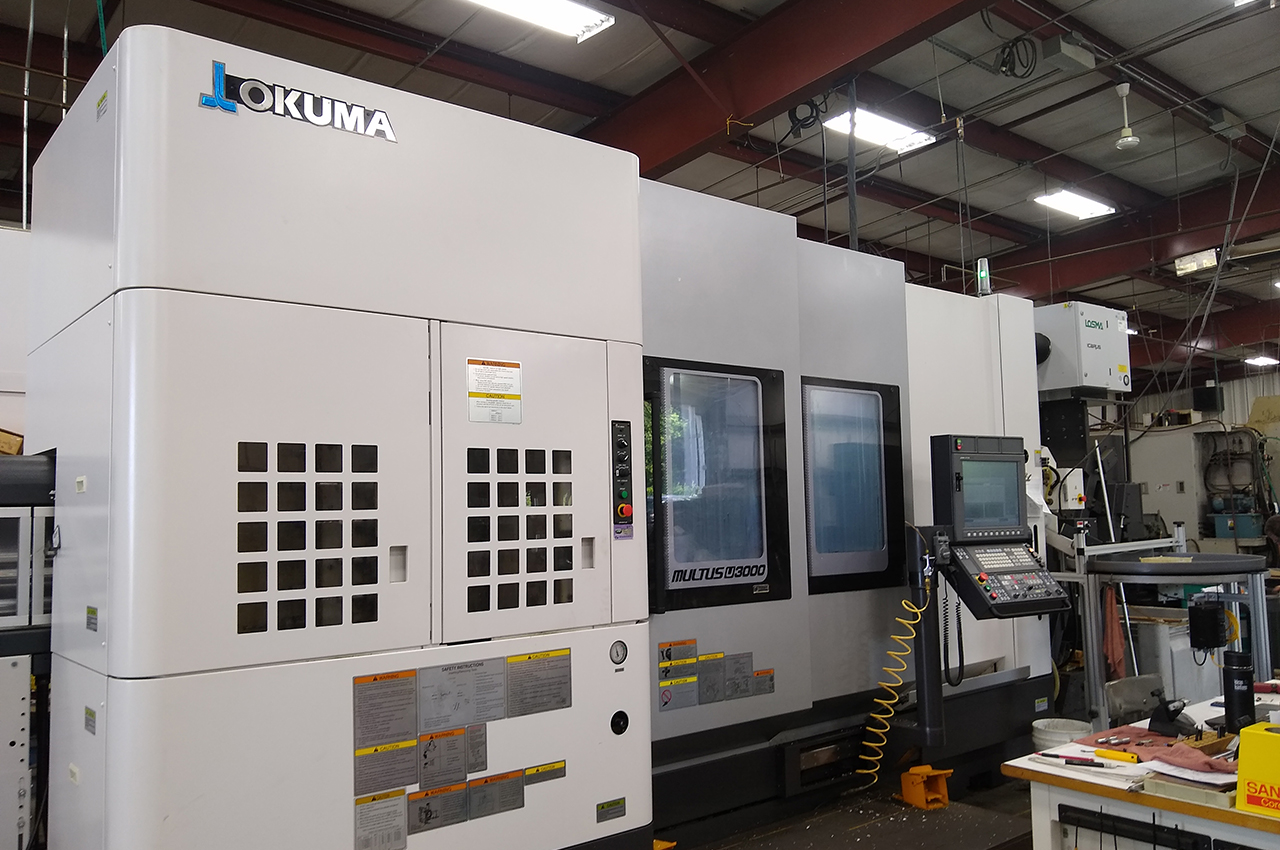
By Nishant Kashyap
Traditionally, gear production involved using separate machines for individual processes, leading to increased set-up times, additional handling, and higher production costs.
However, with the advent of multi-tasking hobbing machines, gear manufacturers can now consolidate multiple operations into a single set-up, eliminating the need for workpiece transfers between machines and reducing overall production cycle times.
The working principle of multi-tasking hobbing machines revolves around a CNC-driven process.
CNC technology empowers these machines with the ability to precisely control the cutting tools and workpiece movement that ensures consistent and accurate gear profiles. By integrating various cutting processes into one system, these machines can efficiently manufacture a wide range of gears including spur and helical gears, splines, and sprockets, which cater to diverse customer demands.
One of the key advantages of multi-tasking hobbing machines is their ability to produce gears with complex geometries and tight tolerances.
The integration of milling, drilling, and grinding processes allows for the creation of intricate gear profiles that may be challenging to achieve using traditional methods alone.
This capability opens up new possibilities for gear applications in industries like aerospace, automotive, and robotics, where customized gear designs are in high demand.
These machines play a vital role in promoting smart manufacturing and Industry 4.0 initiatives.
With advanced sensors and real-time monitoring, multi-tasking hobbing machines provide valuable data insights that can be used for predictive maintenance, process optimization, and continuous improvement.
This data-driven approach optimizes production efficiency, minimizes downtime, and maximizes overall productivity.

Incorporating Industry 4.0 principles and smart manufacturing capabilities, multi-tasking hobbing machines play a pivotal role in the modern manufacturing landscape.
These machines are equipped with advanced technologies and connectivity features that enable data-driven decision-making, process optimization, and enhanced automation leading to unprecedented levels of efficiency and productivity.
At the heart of Industry 4.0 integration lies the concept of connectivity. Multi-tasking hobbing machines are equipped with IoT-enabled sensors and communication protocols.
This allows them to gather real-time data on various aspects of the machining process. This data includes machine performance, tool wear, temperature, vibration, and other relevant parameters.
The seamless transfer of this data to centralized systems enables continuous monitoring and analysis of the production process.
With real-time monitoring and data analytics, manufacturers gain valuable insights into machine performance and production trends.
This information enables predictive maintenance where potential issues are detected early, minimizes unplanned downtime and prevents costly breakdowns. By addressing maintenance needs proactively, multi-tasking hobbing machines can operate at peak performance, ensuring consistent and high-quality gear production.
The integration of CNC technology in these machines further enhances automation and process control. CNC-driven operations ensure precise, repeatable machining, and reduces human errors and variability.
Moreover, CNC systems can be programmed to adjust machining parameters on the fly based on real-time data, optimizing cutting strategies for improved efficiency and accuracy.
Another significant benefit of Industry 4.0 integration is the seamless exchange of information across the entire production ecosystem.
Multi-tasking hobbing machines can communicate with other manufacturing equipment, ERP systems, and even customer order systems. This data exchange streamlines the flow of information, allowing for faster response times, just-in-time production, and efficient supply chain management.
By embracing smart manufacturing principles, gear manufacturers can embrace a proactive approach to production.
The data-driven insights obtained from multi-tasking hobbing machines enable continuous process improvement and optimization.
Manufacturers can identify inefficiencies, bottlenecks, and opportunities for improvement, leading to increased productivity, reduced waste, and improved resource utilization.
Enhanced Productivity: Multi-tasking machines streamline the manufacturing process, and reduces part handling and setup times.
With multiple operations performed in a single setup, productivity is significantly boosted, and leads to faster production rates and shorter lead times.
Improved Accuracy and Quality: These machines offer exceptional precision, which results in higher gear quality and consistency.
By minimizing human intervention and potential errors, multi-tasking hobbing machines ensure that gear specifications are consistently met, enhancing overall product reliability.
Cost Savings: Combining several processes into one machine results in reduced labor and maintenance costs, leading to a more economical manufacturing process.
Moreover, the elimination of workpiece transfers between different machines minimizes the risk of damage and rework, further reducing expenses.
Versatility and Flexibility: Manufacturers can easily switch between different processes and adapt to varying production requirements.
Whether it’s helical gears, spur gears, splines, or sprockets, multi-tasking machines can handle diverse gear types, that makes them ideal for job shops and high-mix low-volume production.
Optimal Floor Space Utilization: As floor space in manufacturing facilities becomes increasingly valuable, the compact design of multi-tasking machines becomes a significant advantage.
Combining multiple processes into a single unit maximizes floor space efficiency and enhances overall shop floor organization.
Streamlined Workflow: The integration of various operations simplifies the workflow, reduces work-in-progress inventory and eliminates bottlenecks.
This not only saves time but also ensures smoother production schedules and faster response to customer demands.
Multi-tasking hobbing machines have ushered in a new era of gear manufacturing.
By merging hobbing with milling, drilling, and grinding processes, these integrated systems offer unparallel advantages in terms of productivity, precision, cost-effectiveness, and versatility.
As the industry continues to evolve, multi-tasking hobbing machines will undoubtedly remain at the forefront, and enables manufacturers to stay competitive and meet the demands of modern gear applications.